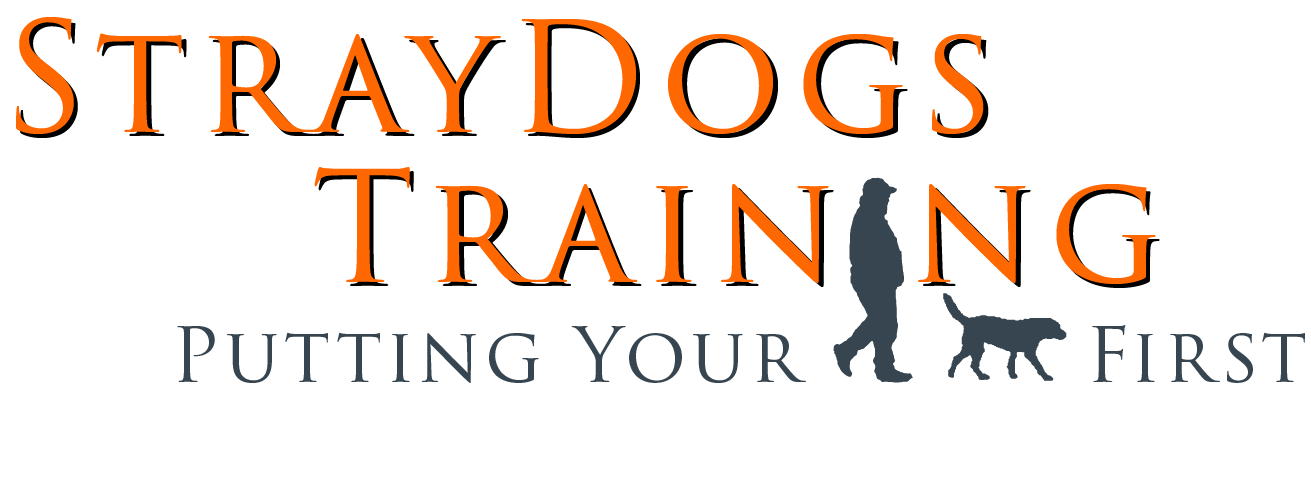Hey there, fellow dog lovers! Training sessions are like little adventures that strengthen the bond between you and your furry friend. But have you ever wondered how long these sessions should be or how to structure them effectively? Well, you’re in luck! In this article, we’ll explore the ins and outs of training sessions, including their ideal length, four essential sections to include, and some tips to keep things engaging and exciting. So, let’s roll up our sleeves, grab some treats, and dive into the wonderful world of training!
Finding the Right Length:
When it comes to training sessions, there’s no one-size-fits-all approach. The length of each session depends on several factors, such as your dog’s age, breed, personality, and the specific skills you’re working on. As a general guideline, training sessions can range from short bursts of 5-10 minutes to more intensive sessions lasting 20-30 minutes or even longer. The key is to find the sweet spot where your pup remains focused and engaged without becoming overwhelmed or fatigued.
The Four Essential Sections:
To make your training sessions more effective and enjoyable for both you and your dog, consider breaking them down into four distinct sections. This structure helps maintain focus, adds variety, and ensures a well-rounded training experience. Let’s take a closer look at each section:
1. Warm-up with Reward Markers and Luring:
Kickstart your training session by building reward markers and utilizing luring techniques. This warm-up section sets the stage for learning and primes your pup’s motivation. One fun game you can try is the “10 Treats” game. Show your dog 10 treats one by one, marking and rewarding them each time they exhibit the desired behavior. This sets a positive tone for the rest of the session.
2. Obedience Commands and Skill Development:
Once your pup is warmed up, it’s time to dive into obedience commands. Start with one or two commands that your dog already knows well, and gradually introduce new ones as they progress. Focus on areas that need improvement or work on specific skills you’re targeting. Remember to keep the training sessions upbeat, using positive reinforcement and plenty of praise.
3. Let Them Be a Dog: Freedom and Fun:
Every training session needs a breather! After working hard on obedience commands, give your dog a chance to run, sniff, and just be a dog. Allow them some off-leash time in a safe area or engage in a game of fetch. This break allows their mind to relax and prevents burnout. It’s a win-win for both mental and physical stimulation.
4. Cool Down with Relaxation Exercises:
To wrap up your training session, engage in relaxation exercises that help your pup unwind and prepare for calmness. This is especially important before extended periods in a kennel or when transitioning from an active state to a more relaxed one. Practice activities like a gentle massage, controlled breathing exercises, or settle-down mat training. It’s a soothing way to end the session on a positive note.
Keeping It Engaging and Exciting:
Training should never be a bore for you or your dog. To keep things engaging and prevent boredom, mix up the training routine. Vary the order of commands, introduce new challenges, and incorporate interactive toys or puzzles. Remember to follow your dog’s lead and adjust the difficulty level accordingly. Keeping the sessions fun and dynamic will keep your pup’s tail wagging with excitement.
For a Visual Experience:
If you’d like to see training sessions in action and gain further insights, I highly recommend visiting my YouTube Channel. Watching real-life training scenarios can be a fantastic learning tool and provide inspiration for your own.

